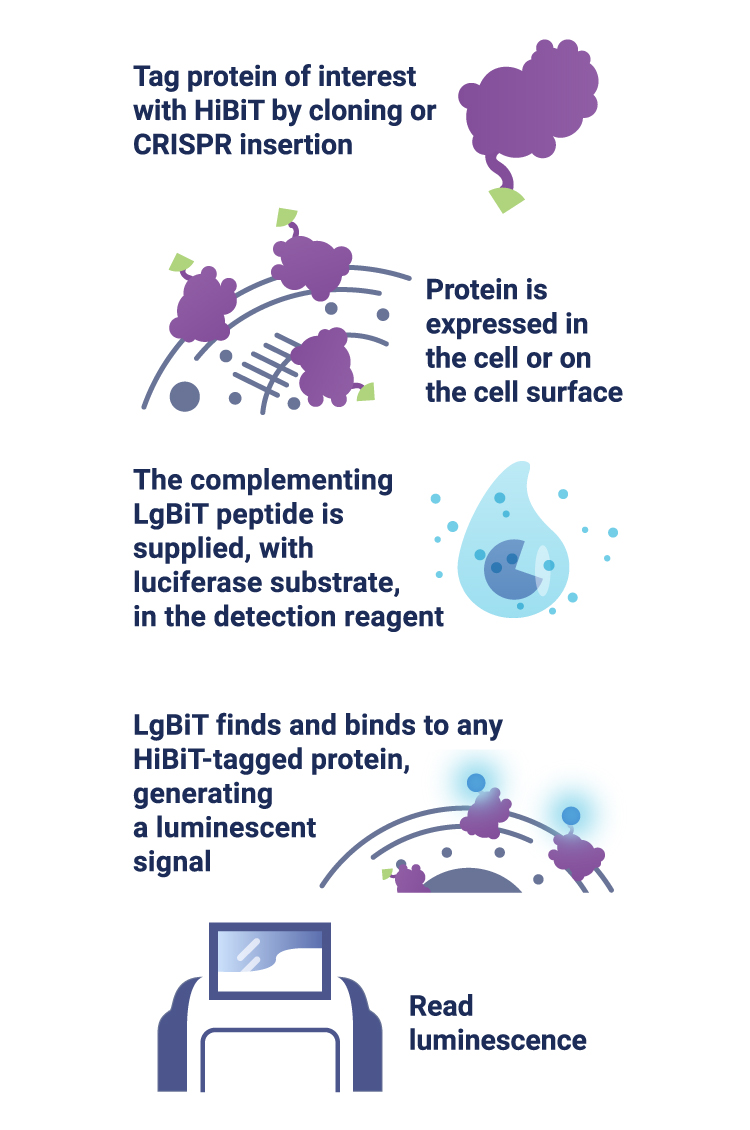
Application of a novel HiBiT peptide tag for monitoring ATF4 protein expression in Neuro2a cells - ScienceDirect

Cells | Free Full-Text | Positive Correlation between nNOS and Stress-Activated Bowel Motility Is Confirmed by In Vivo HiBiT System

Using the novel HiBiT tag to label cell surface relaxin receptors for BRET proximity analysis - Hoare - 2019 - Pharmacology Research & Perspectives - Wiley Online Library

IJMS | Free Full-Text | NanoBiT System and Hydrofurimazine for Optimized Detection of Viral Infection in Mice—A Novel in Vivo Imaging Platform

The luminescent HiBiT peptide enables selective quantitation of G protein–coupled receptor ligand engagement and internalization in living cells - Journal of Biological Chemistry

Tag Endogenous Proteins without Cloning—A Simple CRISPR Method | Biocompare: The Buyer's Guide for Life Scientists













